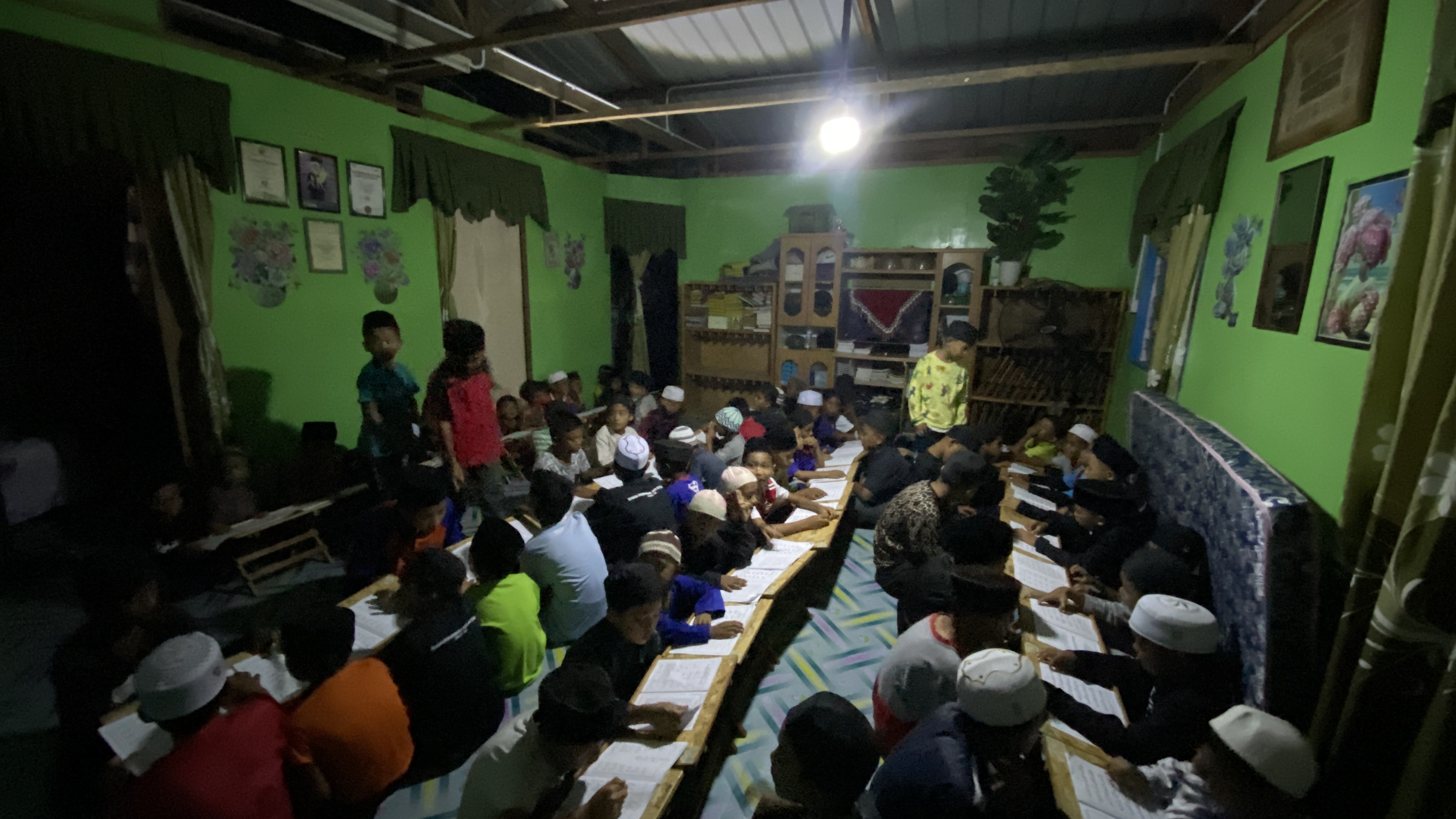SDG 4 in Action: Ensuring Inclusive Education for Stateless Children
Dr. Sarah Ahmad
Education Policy Researcher & SDG Advocate

Sustainable Development Goal 4 calls for ensuring inclusive and equitable quality education and promoting lifelong learning opportunities for all. But what does this mean for the estimated 12 million stateless people worldwide, including thousands of children in Malaysia who exist in the shadows of society, invisible to official statistics yet very real in their need for education?
The Invisible Students
In Malaysia, stateless children face a complex web of challenges that effectively bar them from accessing formal education. Without birth certificates or identity documents, they cannot enroll in government schools. Without access to education, they remain trapped in cycles of poverty and marginalization that can persist across generations.
These children are not statistics—they are individuals with dreams, potential, and the same fundamental right to education as any other child. Through Projek Annur's Better School program, we've had the privilege of working with over 200 stateless children, each with their own story of resilience and hope.
SDG 4 Targets We Address
- • 4.1: Free, equitable and quality primary and secondary education
- • 4.2: Access to quality early childhood development and pre-primary education
- • 4.5: Eliminate gender disparities and ensure equal access for the vulnerable
- • 4.7: Education for sustainable development and global citizenship
Building an Inclusive Alternative
The Better School program was designed specifically to address the gaps left by formal education systems. Our approach recognizes that inclusive education for stateless children requires more than just academic instruction—it demands a holistic understanding of their unique circumstances and needs.
Our curriculum integrates core academic subjects with practical life skills, digital literacy, and values-based education. We teach in multiple languages—Bahasa Malaysia, English, and Arabic—ensuring that children can navigate different cultural and linguistic contexts. Most importantly, we provide education without requiring the documentation that these children simply cannot obtain.
"Amira, now 12, came to us three years ago unable to read or write in any language. Today, she's not only literate in three languages but has become a peer tutor for younger children. Her dream is to become a teacher herself—a dream that seemed impossible when she first walked through our doors."
Measuring Impact Beyond Test Scores
Traditional education metrics often fail to capture the full impact of programs serving marginalized populations. For stateless children, success cannot be measured solely by standardized test scores or graduation rates. We track a broader range of indicators that reflect the multidimensional nature of educational empowerment.
Our impact assessment includes measures of self-confidence, community engagement, family literacy rates, and long-term life outcomes. We've found that 85% of our students show significant improvement in self-confidence within their first year, and 92% of families report increased emphasis on education at home after their children join our program.
Partnerships for Systemic Change
While our direct service programs provide immediate relief, we recognize that achieving SDG 4 for stateless children requires systemic change. We work closely with other NGOs, advocacy groups, and policy researchers to document the educational needs of stateless populations and advocate for policy reforms.
Our data and case studies have been used in policy briefs submitted to government agencies and international organizations. We've also developed partnerships with universities to conduct research on effective educational approaches for stateless children, contributing to the global knowledge base on inclusive education.
Technology as an Equalizer
Digital technology has emerged as a powerful tool for overcoming some of the barriers faced by stateless children. Through partnerships with tech companies and educational platforms, we've been able to provide access to online learning resources, digital libraries, and virtual classrooms that extend learning beyond our physical facilities.
Our students use tablets and computers not just for entertainment, but as tools for research, creative expression, and connecting with the wider world. For children who have been marginalized by society, technology offers a space where their status doesn't define their opportunities.
The Road to 2030
As we approach the 2030 deadline for achieving the Sustainable Development Goals, the urgency of addressing educational exclusion becomes ever more apparent. For stateless children, every year without education is a year of lost potential, not just for them individually, but for the communities and societies they could contribute to.
The work of Projek Annur represents just one piece of the larger puzzle needed to achieve SDG 4. But it demonstrates that with creativity, commitment, and community support, it is possible to provide quality education to even the most marginalized children. The question is not whether we can afford to invest in inclusive education—it's whether we can afford not to.
Join the SDG 4 Movement
Help us ensure that no child is left behind in the pursuit of quality education for all.
Related Articles
Breaking Barriers: How Quranic Education Transforms Communities
Exploring the profound impact of accessible Quranic education on marginalized communities...
Read MoreMeasuring Success: How We Track Educational Impact
A deep dive into our methodology for measuring educational outcomes...
Read More